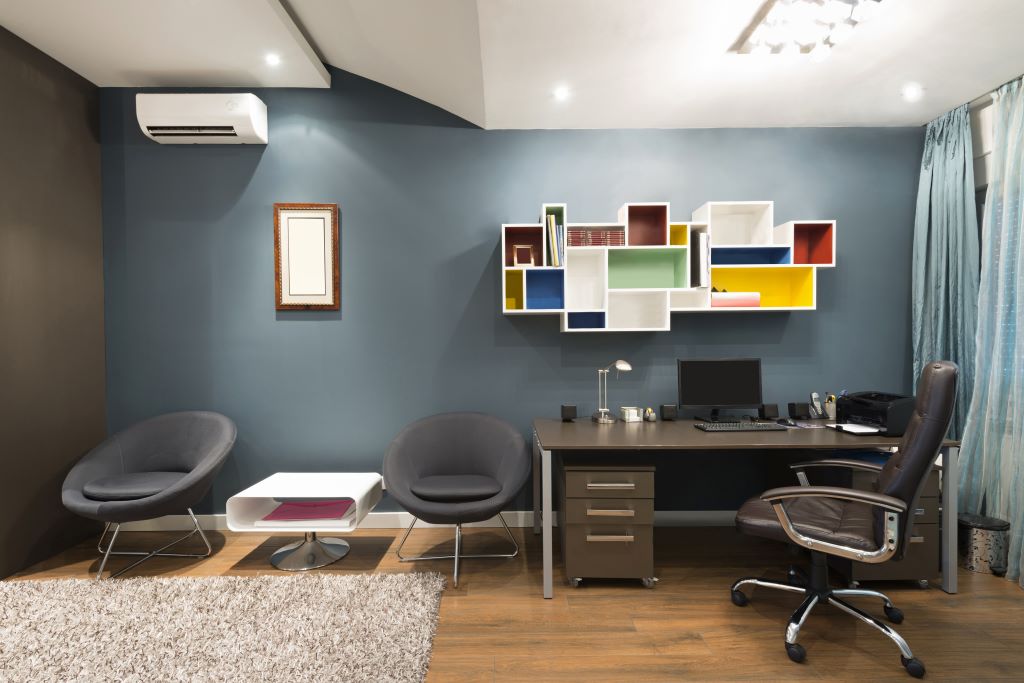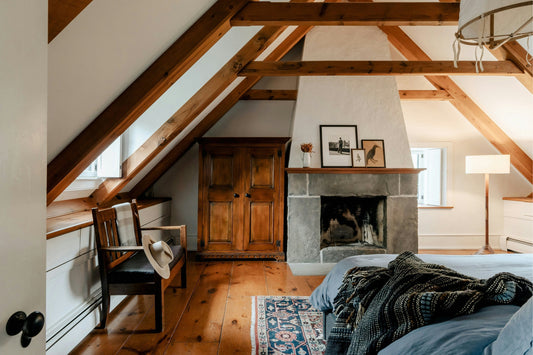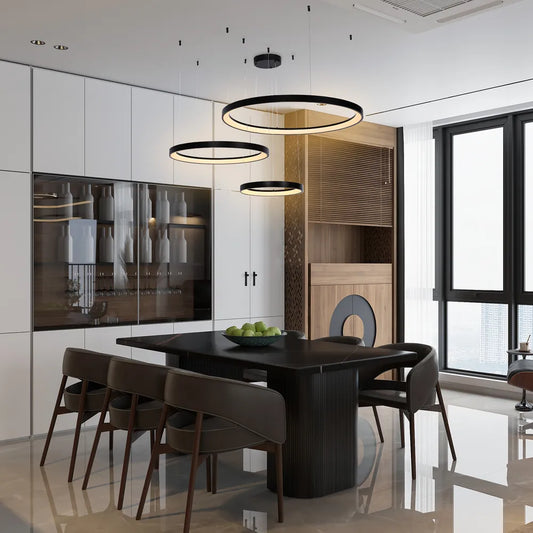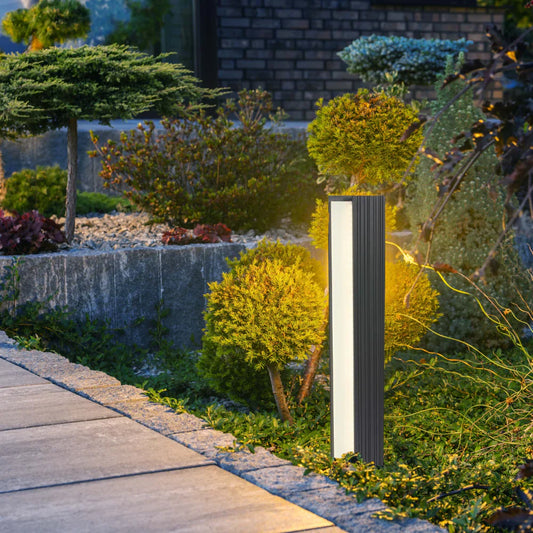
Choosing the right lighting for a study room is important for creating a comfortable and productive environment. Here are some factors to consider when selecting study room lights:
Brightness: The right level of brightness is important for studying, as too much or too little light can cause eye strain and fatigue. Look for study room lights with adjustable brightness settings or consider adding a dimmer switch to your existing lighting.
Colour temperature: The colour temperature of your study room lights can also impact your productivity and mood. Cool white or daylight LED lights with a colour temperature of 5000-6500K are ideal for studying, as they promote alertness and concentration.
Type of lighting: The type of lighting you choose for your study room will depend on the size and layout of the space, as well as your personal preferences. Desk lamps are a popular choice for providing task lighting, while overhead lighting can provide ambient lighting for the room.
Placement: The placement of your study room lights is also important. Make sure to position your lighting so that it provides even illumination across your work area without causing shadows or glare.
Energy efficiency: Consider choosing energy-efficient LED lights for your study room. Not only will they help reduce your energy bill, but they also have a long lifespan and require less maintenance than traditional incandescent bulbs.
Overall, the right study room lights will depend on your personal preferences and the specific needs of your space.
What are The Types of Study Room Lights?
The types of lighting in a study room are:
Ambient lighting (natural or artificial)
Ambient lighting is the type of light that fills a room with soft, indirect light. It is used to create a sense of well-being and relaxation and can be used in large areas as well. A good example of ambient lighting is a table lamp near your bedside at night, which gives you enough illumination so that you don't need to turn on an overhead lamp when getting into bed for the night.
Task Lighting
Task lights are additional fixtures to provide increased lighting in a room for specific tasks. These lights are especially useful to carry out tasks which require increased focus or concentration. For example, a desk lamp is a major example of a task light as it helps you read or carry out certain projects like drawing or sketching. It provides enough concentrated light for you to not strain your eyes while working.
Accent Lighting
Accent lighting is the icing on the cake of your home's lighting scheme. Because it's not always necessary for either bright task lighting or cozy ambient lighting, it can be overlooked. Yet, if you use it right, it can make all the best features of your home come alive, and take center stage. This type of light can spotlight the most arresting elements of the home, other times, it can double up as a piece of art itself.
What Are The Best Lights for a Study Room?
Natural Light
If possible, try to incorporate as much natural light into your study room design. Position your desk near a window or consider installing skylights to bring in natural light. Just be sure to have adjustable window treatments to control glare and avoid direct sunlight hitting your work area.
Table Lamp or Desk lamps
Desk lamps are small lamps which sit on your desks to provide 'task lighting' for reading, writing, craft work, computer work and others. To have comfortable lighting that suits all these works, it is recommended to have a desk lamp with adjustable brightness and colour temperature. It protects your eyes from straining. LED desk lamps are also a popular choice for study rooms, as they provide focused task lighting and can be adjusted for brightness and colour temperature. Look for a desk lamp with a flexible neck or adjustable arm so that you can position the light exactly where you need it.
A good study room should have both ambient and task lighting. This can be done by installing more than one type of lamp at different heights, or by using desk lamps that have adjustable bases that allow you to adjust the angle of the light source.
Pendant Lighting
Pendant lighting is a great addition to any room as it does not only provide ambient lighting but also adds accent lighting to your room. As a cheaper alternative to chandeliers, these lights are perfect to throw direct light onto your desk area and add to the overall lighting of the space.
Wall Mounted Lamps And Sconces
Overhead lighting is another option for study rooms, providing ambient lighting to the entire space. Consider installing LED recessed lights or a ceiling-mounted fixture with adjustable brightness settings.
Recessed Lights
Recessed lights are lights that are installed directly into the ceilings with majority of the fixture hidden away. However, the fixture being almost invisible does not compromise with its lighting, making them a very important part of your study lighting arrangement. They provide excellent ambient lighting and with dimmers, they can do wonders for your space.
Floor Lamps
Floor lamps can provide additional ambient lighting to the study room, and can also be used to highlight specific areas or features in the space. Look for floor lamps with adjustable brightness and colour temperature settings.
Track Lighting
Track lighting refers to a series of lighting fixtures placed on a ceiling-mounted structure made of metal or plastic. These fixtures are excellent options when it comes to flexible lighting. They are adjustable and can be moved to provide focus lighting to any particular area. They are also great at providing ambient lighting and character to your space.
Dimmers for Better Control
Incorporating dimmers in a study room lighting setup is an excellent strategy for achieving optimal illumination, enhancing both functionality and comfort. Dimmers provide the flexibility to adjust lighting levels according to the task at hand, time of day, and individual preferences, contributing significantly to a conducive study environment.
How Bright Should a Study Room Be?
Your study room requires more focus on task lighting because you carry out several detail-oriented tasks in there. It is important to consider the brightness of these lights to avoid any kind of eye-strain. It is a well-known fact that while dim lights can strain your eyes, extra bright lights can also cause headaches.
It is recommended that for tasks such as reading, writing or computer work, you should go for 40-60 watt light bulb. A 60-80 watt light bulb is ideal for detail-oriented tasks such as crafting.
It is also important to consider the lumen output of the lights before selecting the ideal lights for your study room. Lumens refer to how bright a light would be or how much illumination it would create. 50 lumens per square foot is considered as an ideal lumen output for task lights.
How Should You Make Your Study Room Brighter?
The best way to make your study room brighter is to have a mix of ambient, task and accent lighting fixtures. If you pick one fixture with high brightness, it will only brighten the area it is installed in. To have an overall bright room with well lit corners, you need to design your room lighting in a way that every part gets some light. Another thing to keep in mind is to make the best use of natural sunlight. Nothing is brighter than the sun and natural light is proven to improve your mental and physical health. Using more sunlight in the day also saves your energy bills!
Which Study Lamp is Best for Eyes?
Adjustable Brightness: The ability to adjust the brightness of the lamp allows you to customize the lighting to fit the task at hand and the time of day, reducing eye strain.
Color Temperature Control: Lamps that offer adjustable color temperatures can be tailored to mimic natural daylight or provide warmer tones, which can be less harsh on the eyes. A color temperature around 4000K to 5000K is often recommended for studying as it closely resembles natural daylight and promotes alertness and concentration.
Directional Lighting: A good study lamp should allow you to direct the light precisely where it's needed, ensuring your work area is well-lit without casting shadows or causing glare on screens and surfaces.
Non-Flickering Light: Flickering can cause significant eye strain and discomfort. LED lamps typically provide a steady light source that minimizes flickering, making them suitable for prolonged use.
High Color Rendering Index (CRI): A high CRI (above 80) means the light accurately renders colors, which is important for tasks requiring color differentiation and reduces the effort your eyes need to make to perceive colors correctly.
Is It Better to Study in Dim or Bright Light?
According to scientists, studying or spending a lot of time in a dimly lit space can have serious effects on your brain. It changes the brain's structure and can also impair your ability to remember and learn things. It can also strain your eyes and cause you severe and persistent headaches.
However, working or studying under very bright light can have its own negative effects as well. For example, spending too much time under bright light, especially at night, hampers your sleep cycle and can cause insomnia as well. It is therefore recommended to have multiple sources of light in your study and use dimmer switches to be able to adjust the brightness to an ideal level if and when required. While bright light is better for studying, dim light is ideal for relaxing.
Is LED Light Good for Studying?
- Energy Efficiency: LEDs consume less power compared to traditional incandescent or fluorescent bulbs, making them an eco-friendly and cost-effective choice for long study hours.
- Long Lifespan: LEDs have a longer lifespan, reducing the need for frequent replacements and ensuring consistent lighting quality over time.
- Minimal Heat Production: Unlike incandescent bulbs, LEDs produce minimal heat, which means they're safer to use for extended periods and won't heat up your study space.
- Versatility: Many LED study lamps come with features like adjustable brightness, color temperature control, and directional lighting, all of which contribute to creating an optimal studying environment.
What Colour Should You Put Your LED Lights on to Study?
Studies have shown that light colours have an impact on your efficiency and ability to focus. While some colours help you improve your concentration, others might cause you strain or headache if you study under a bright light for long periods of time. For example, when it comes to LEDs, cool daylight colours such as blue or white are considered the best for studying. These colours mimic natural daylight colours the best and have a very positive impact on your mental health. They help you stay attentive and awake. While soft and warm lights can help you relax and calm, they also tend to make you sleepy. They may be an ideal choice for bedrooms but white light is recommended when it comes to home office or a study.
What Colour Light is the Best for Concentration?
Natural daylight is your best option when it comes to increasing your focus and concentration. Apart from that, cool white daylight is the colour to go for when designing the light fixtures for your study. It is recommended to choose blue or white LEDs over other colours for a successful study. Blue or white light is the closest you can get to natural daylight. Additionally, these lights keep your brain at its most active and alert.
What Colour Stimulates the Brain?
Our brain cells tend to be more sensitive to blue wavelengths. Exposure to blue light during the day can make you feel more alert, improve your reaction time and help you be more focused and productive. It is important to note that blue light should be used only during the daytime because it suppresses the levels of melatonin, a hormone that is responsible for making you sleep. Hence, exposure to blue light during the night can have an adverse impact on your sleeping patterns.
What Colour Improves Memory and Helps People Focus?
Blue Light: Exposure to light in the blue spectrum (cool white/daylight) during study sessions can enhance cognitive performance, attention, and alertness, potentially improving memory retention and focus. However, it's crucial to balance exposure to blue light, especially later in the day, to avoid affecting sleep quality.
Warm Light: In contrast, warmer tones (2700K - 3000K) are less conducive to focus but can be beneficial for reading or relaxation periods, reducing eye strain in prolonged study sessions.



